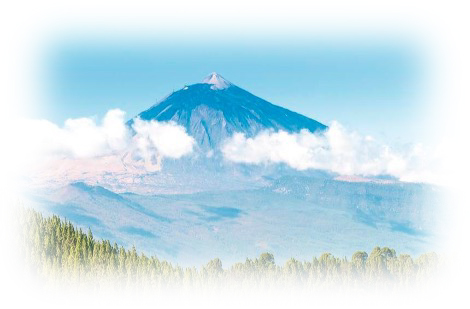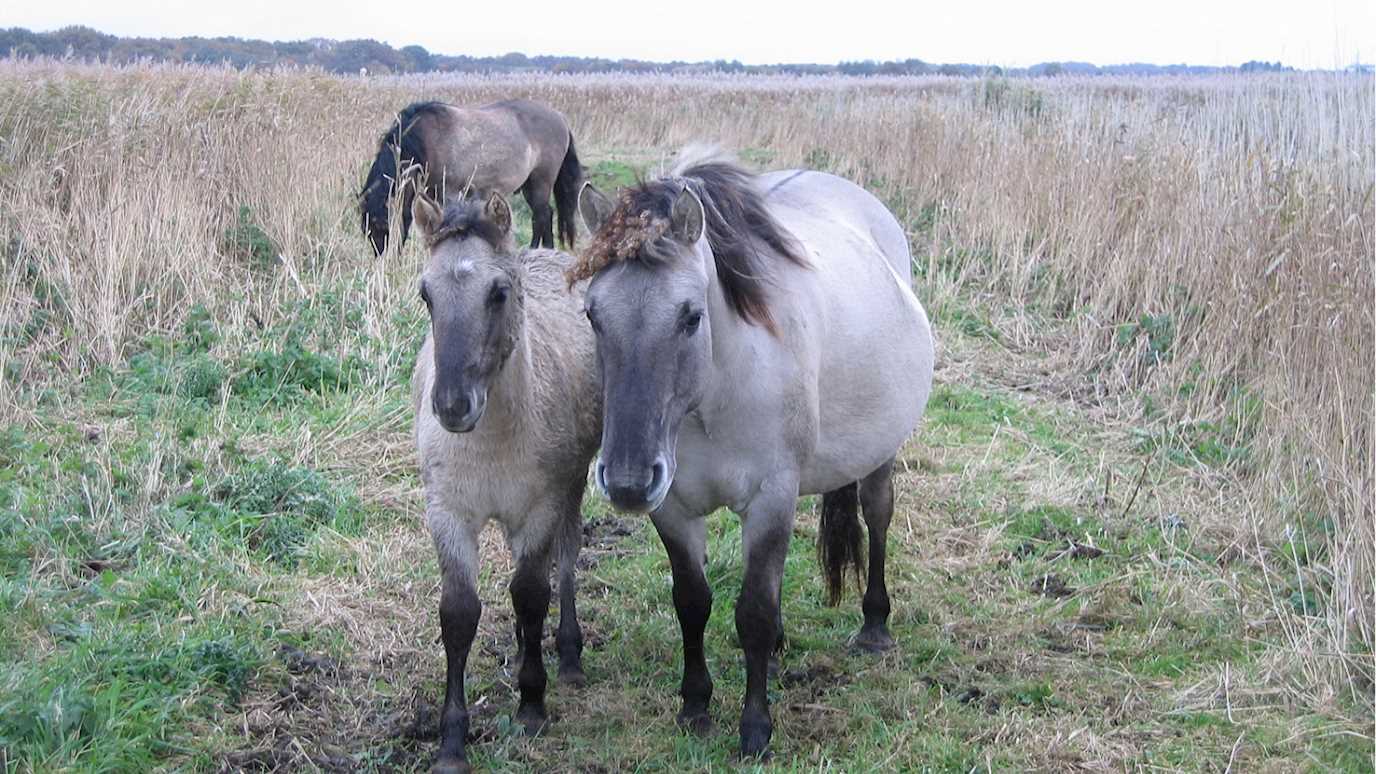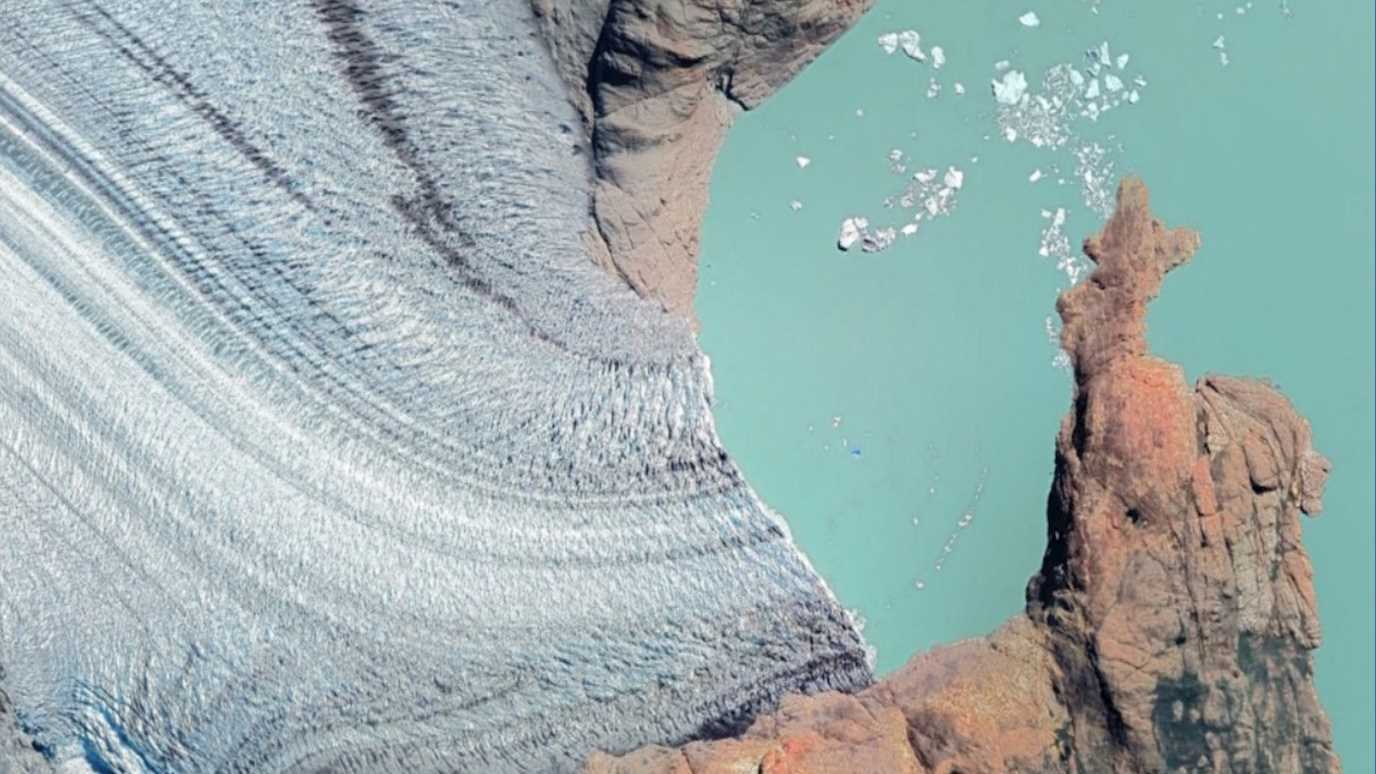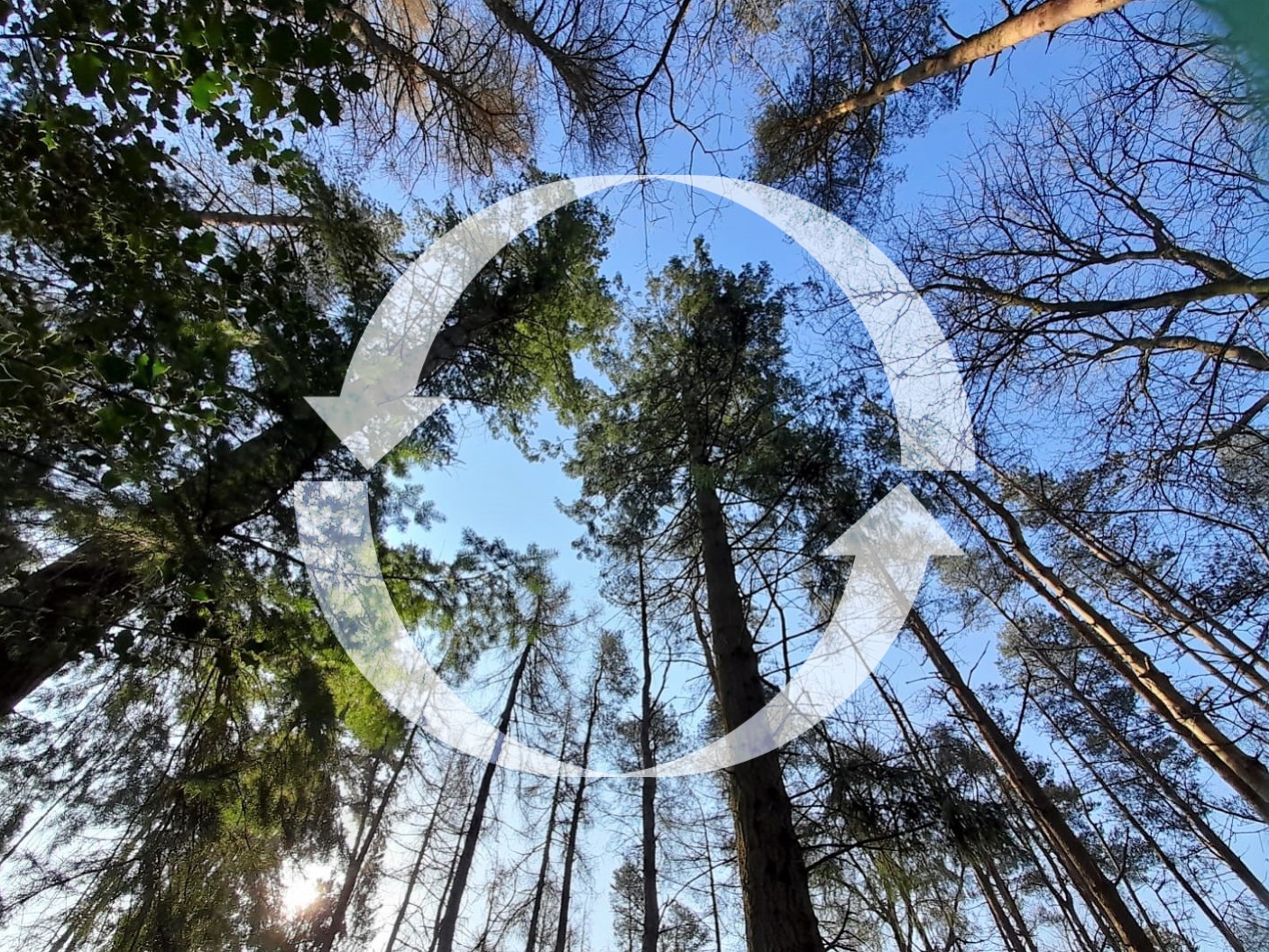Exploring how and when glaciers retreated in the recent past to predict future glacier changes – Dr Adrian Palmer
In this talk we explore the importance of glacial systems as stores of water and how they sustain societies within their immediate catchment. There is a need to better understand the current store of water within glacier systems and better understand their behaviour in relation to abrupt climate change, particularly as long-term glacier retreat caused by melting leads to rising sea level, which is one of the major global challenges in the present and near future. Understanding the rate of glacier retreat in the past provides crucial evidence for predicting how glacial systems will evolve in the short-term where the climate is warming and how this will impact societies e.g. glacial geohazards. The talk discusses mass balance in glacial systems where positive mass balance is likely to be linked to accumulation exceeding ablation and negative mass balance where ablation is greater than accumulation. The climatic causes of changes in mass balance are discussed as the balance between accumulation (precipitation) and ablation (temperature).
The second part of the lecture explains how records of glacier retreat are constructed using different records of glacier extent. We use the case study of the Mer de Glace (France) record and explore how periods of maximum glacier extent (positive mass balance) appear to be linked to the Little Ice Age, a period of reduced temperatures during the 16th to 19th Centuries and a switch to negative mass balance during the 20th Century and early 21st Century, perhaps as temperatures recover after the Little Ice Age and through human-induced warming.
Patterns of Ice Retreat summary sheet Patterns of Ice Retreat activity
This corresponds to the following components of the A-Level Syllabus:
AQA - Glacial Systems; Historical Patterns of Ice advance and Retreat.
OCR - Topic 1.1 Landscape Systems and Topic 1.1.2 Option B Glaciated Landscapes.
Pearson-Edexcel - Topic 2A.4 Mass balance and glacier dynamics plus Topic 2A.11c Threats to fragile active and relict glaciated landscapes
























